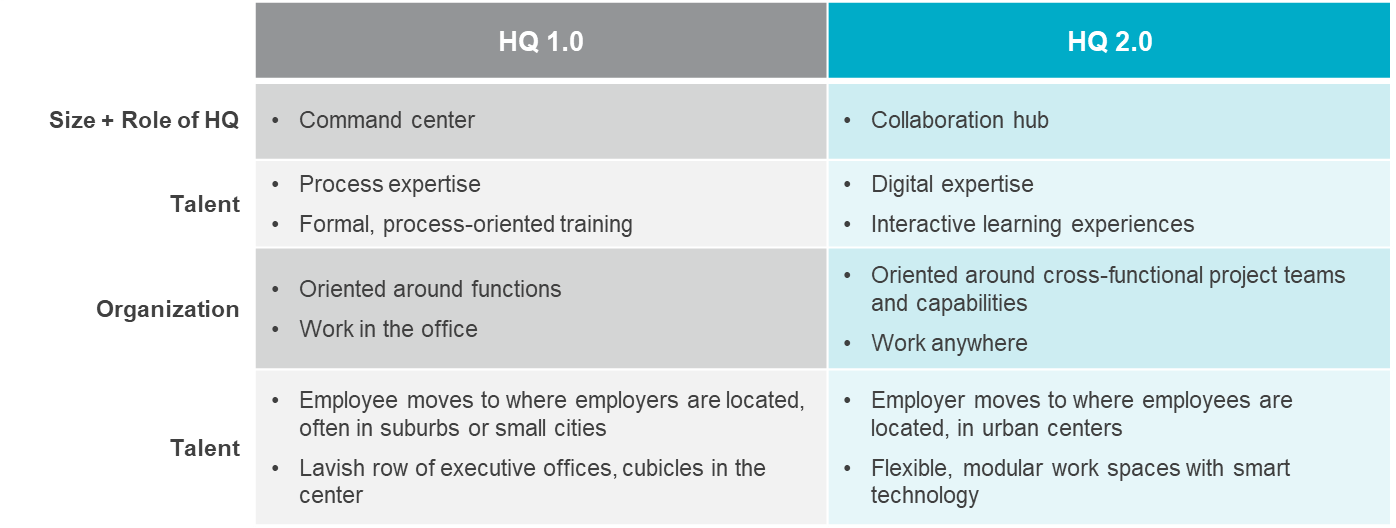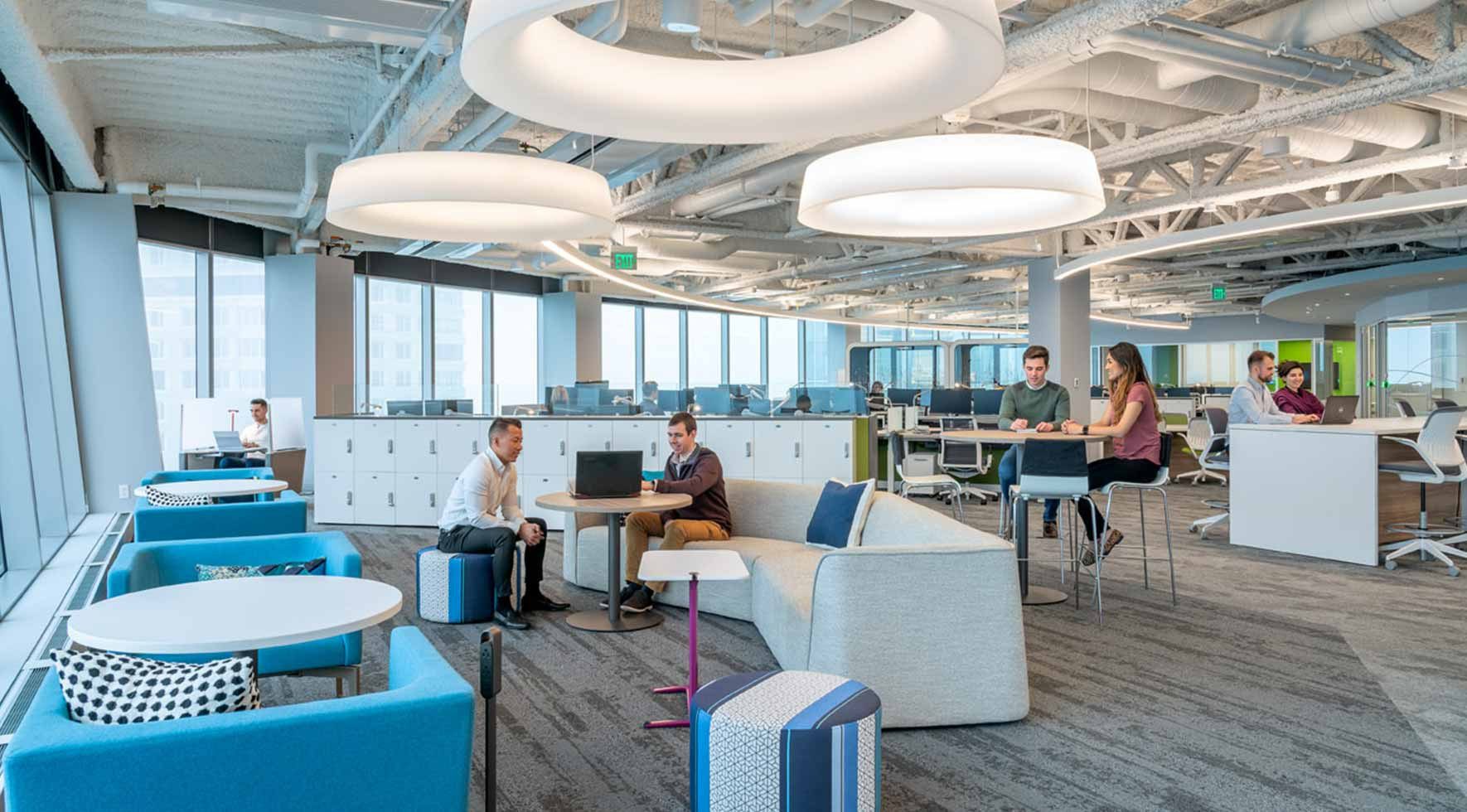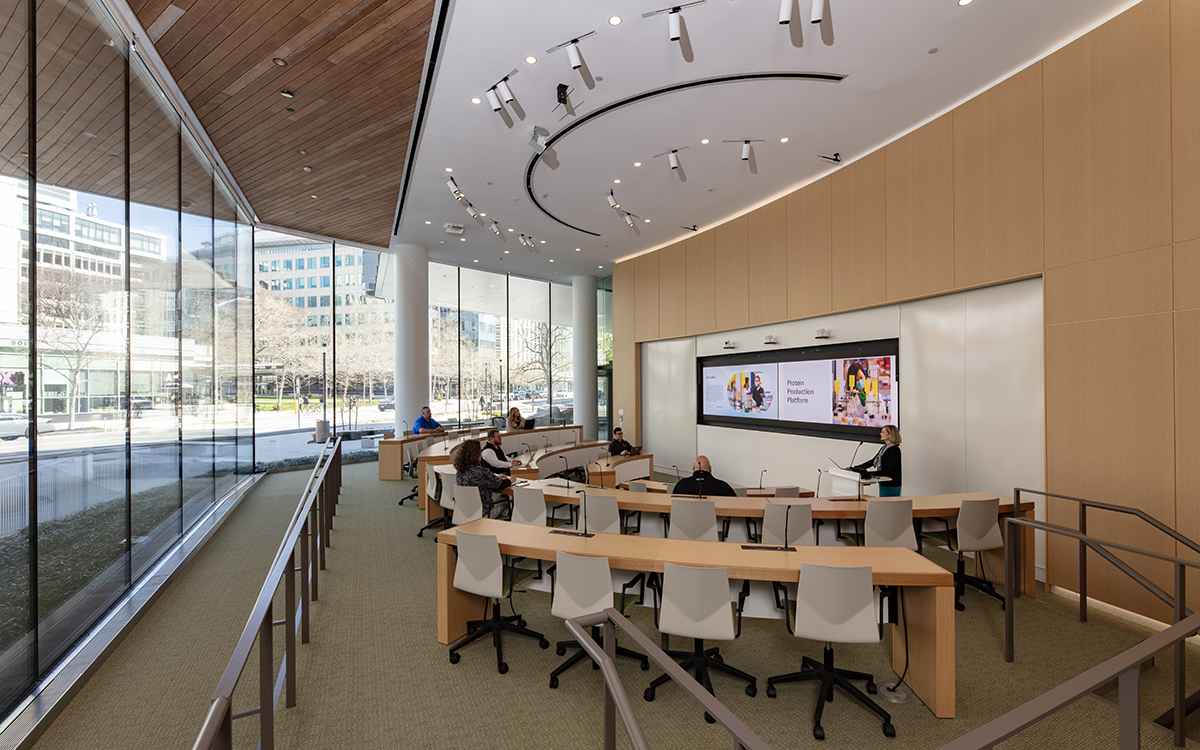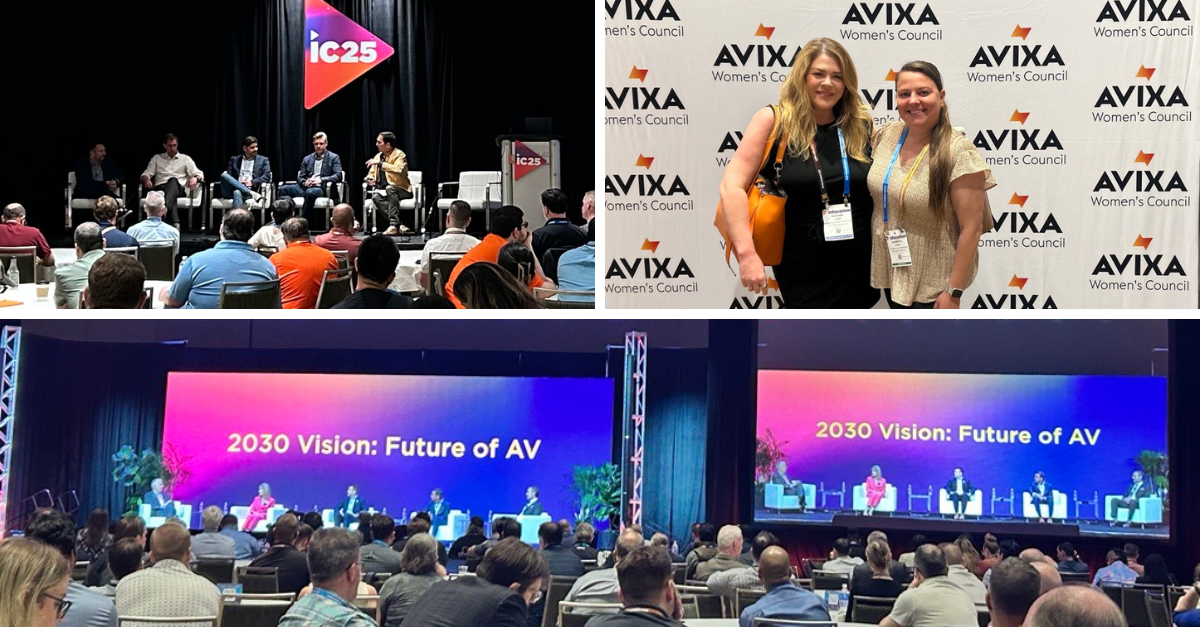I recently read a compelling article, HQ 2.0: The Next-Generation Corporate Center, and wanted to share the main ideas, as it perfectly aligns with what we do here at Red Thread in creating workplace transformation.
Trends Driving Change
People used to aim for a corner office filled with wood furniture and expensive artwork. This was the sign that you had “made it”, that all of your hard work had paid off. As I’m sure you have experienced, that old way of thinking is pretty out of date. Younger generations of employees place more value on work/life balance, flexibility, and meaningful work that brings them satisfaction. They want to make an impact and progress in their career without barriers of hierarchy. They also demand productivity tools that help them collaborate effectively in agile environments. As a result, the corporate headquarters has changed dramatically, and will evolve even more over the next 5 years.
It used to be that in-house service departments (bookkeeping, HR administration, IT infrastructure, procurement) were centralized within a company’s corporate headquarters, overseen by a powerful C-suite. Centralized services are now on the way out as the volatile business landscape demands greater efficiencies to keep up with the competition. In order to provide the highest value to the organization, these departments are being streamlined with technology and/or outsourced.
The New HQ
These forces are bringing about a new, smaller kind of headquarters focused on the most strategic and innovative business functions. Instead of operating as a “command center”, the new HQ will serve as a dynamic collaboration hub, connecting professionals from cross-functional departments. Instead of focusing on process expertise through older styles of formal training, the new HQ will emphasize digital expertise and interactive learning experiences that naturally engage participants. Gone are the days of predictable career progression through a performance review – the future of career advancement is in learning new skills and taking on new challenges.
Rather than forcing all employees to work from the office, the new HQ supports working anywhere. Offering choice and control to employees over how and where they work is the most powerful way to foster engagement, and engaged employees are the happiest and most productive. The new HQ moves out of the suburbs and becomes a destination for innovation and creativity in the heart of larger cities. The old floor plan of lavish executive offices lining the perimeter of a sea of cubicles is replaced by flexible, modular work spaces with smart technology embedded throughout to support local and mobile workers.

Collapsing HQ Costs
As more work is automated and outsourced, the cost of the corporate headquarters could shrink by 25-40% in the next five years (PWC | Strategy&). Although this will require additional investments in IT, you can see that those costs are still offset by the dramatic reductions in staff and complexity.

C-Suite
The role of the C-Suite will also continue to evolve, with a greater emphasis on strategic planning. The C-Suite’s focus shifts to attracting, retaining and developing the right talent and transitioning lower-value work being conducted away from the HQ. In addition, they should concentrate on driving strategy to capabilities that differentiate the company, leveraging data to make informed decisions, and using AI and automation to drive innovation and efficiency.
Check out the full article here: HQ 2.0: The Next-Generation Corporate Center
Photo credit: PTC Boston Headquarters © Warren Patterson Photography






